Fauna of the Andes
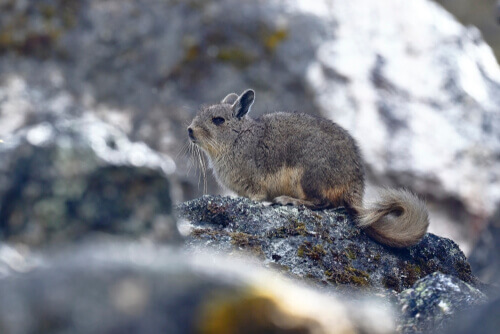
Located in western South America, this mountain range spans more than 7,000 km (4350 mi), making it the longest in the world. It also crosses seven countries, and is home to the highest volcanoes on the planet. In this article, we’ll bring you a few representative species of the fauna of the Andes. Don’t miss it!
What is the fauna of the Andes like?
Its main inhabitants are the laminoids, a family of animals that can survive in extreme conditions and great temperature fluctuations between day and night. There are also some predators, birds, butterflies, endemic fish and a handful of reptiles. Here are some examples of the fauna of the Andes:
1. Southern viscacha
Also known as mountain vizcacha, this rodent belonging to the fauna of the Andes prefers rough rocky areas with very little vegetation.
This animal has a very soft and thick brown coat, except for the tail, which can be black or gray. The vizcacha —image at the beginning of this article— resembles the rabbit due to its long, erect ears and whiskers.
2. Andean condor
This is the largest non-marine bird species with the greatest wingspan, and without any known subspecies. This bird is the national symbol of many South American countries. It’s large, with black feathers covering almost its entire body —except for some areas of the wings and neck, which are white— and has a red bald head.
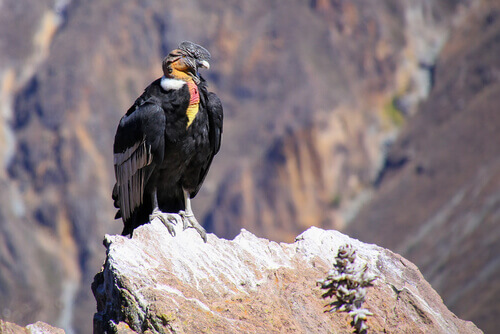
Unlike other scavenger birds, the male Andean condor is larger than the female. It’s also known for its longevity as it can live for about 75 years. It builds ‘roosts’ on the highest mountain cliffs that it shares with other specimens. However, the ‘couples rooms’, which are monogamous for life, are well differentiated.
3. Puma
This feline is another representative of the fauna of the Andes. This puma hunts using ambushes, and its diet is made up of a great variety of prey, but its main food is deer.
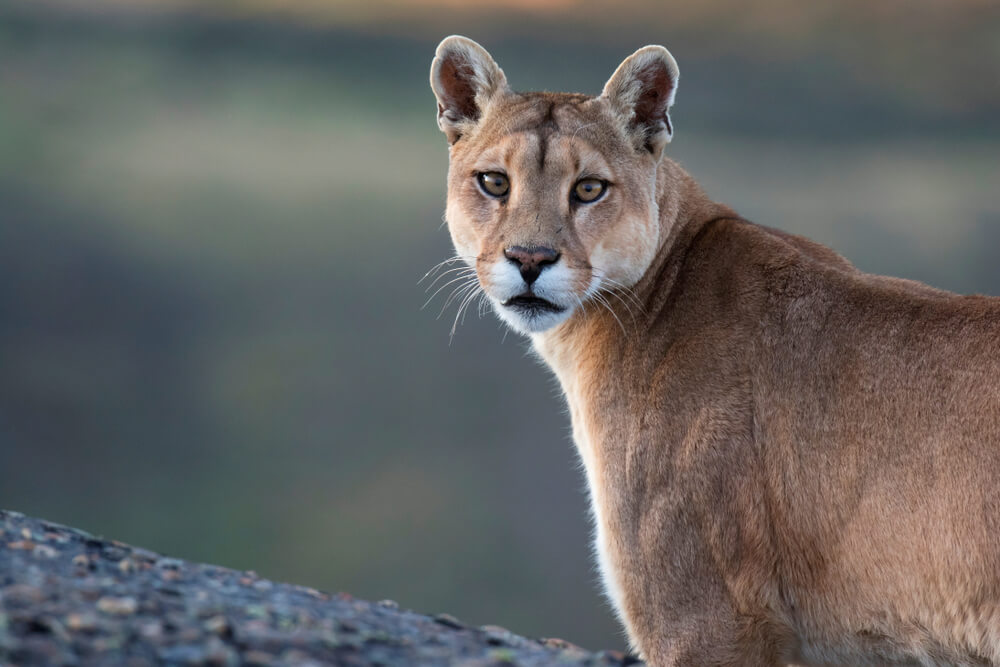
Pumas are very territorial, their population density is low and they prefer to roam alone. They’re very slender and agile, golden in color, with long tails and erect ears. The figure of the puma is present throughout the South American culture, even in the name of Argentina’s rugby team.
4. Guanaco
Belonging to the Camelidae family —which includes the llama, the vicuña and the alpaca— the guanaco is the most widespread on the subcontinent, inhabiting almost the entire mountain range. This wild animal has a thick double coat to protect it from the cold.
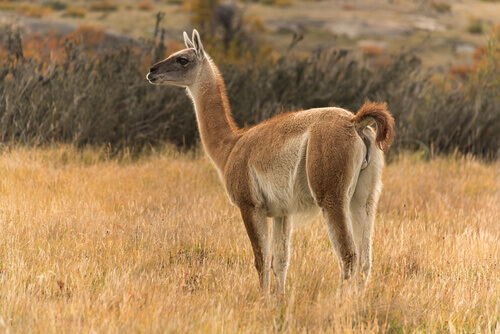
Guanacos can weigh more than 100 kg (220 lb), and they feed on grass, tubers and moss. Their main predator is the puma. They group in small herds, made up of one male and some females with their young. The former is in charge of watching out for dangers and alerting the others by means of specific sounds.
5. South Andean deer
It’s also called Chilean huemul, and is an endangered mammal belonging to the deer family. Unfortunately, its population has decreased drastically due to hunting.
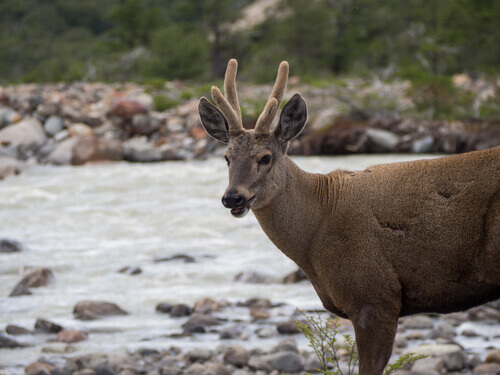
This species has a robust body, short legs and thick fur, which is light brown in winter and dark during summertime. The south Andean deer is herbivorous and feeds on grass, shoots and shrubs. Males have forked antlers up to 30 cm (5 in) long and are larger than females.
All cited sources were thoroughly reviewed by our team to ensure their quality, reliability, currency, and validity. The bibliography of this article was considered reliable and of academic or scientific accuracy.
- Proyecto de Protección y Educación Medioambiental AltoAndino – Conservación de la Biodiversidad. (2013) Educación Ambiental del Altiplano. Flora y Fauna. Ministerio de Medio Ambiente: Chile. Recuperado el 13 de febrero de 2022, disponible en: https://repositorioambiental.mma.gob.cl/wp-content/uploads/2019/09/Mat-apoy-doc-1.pdf
- Sepúlveda, N. (2011) Manual para el manejo de Camélidos Sudamericanos Domésticos. Fundación para la Innovación Agraria: Chile. Recuperado el 13 de febrero de 2022, disponible en: http://bibliotecadigital.fia.cl/bitstream/handle/20.500.11944/1953/Manual%26%23095%3Bpara%26%23095%3Bel%26%23095%3Bmanejo%26%23095%3Bde%26%23095%3BCamelidos%26%23095%3BSudamericanos%26%23095%3BDomesticos.pdf;jsessionid=34DCDBE8C3E9B54040D7C052EBFDEC37?sequence=1